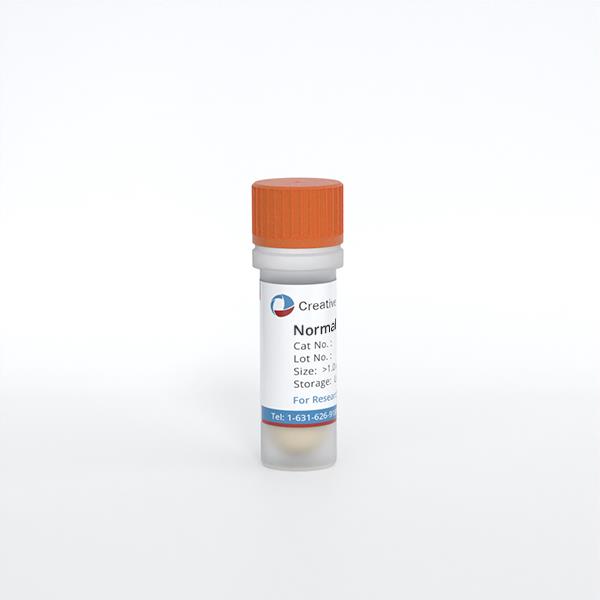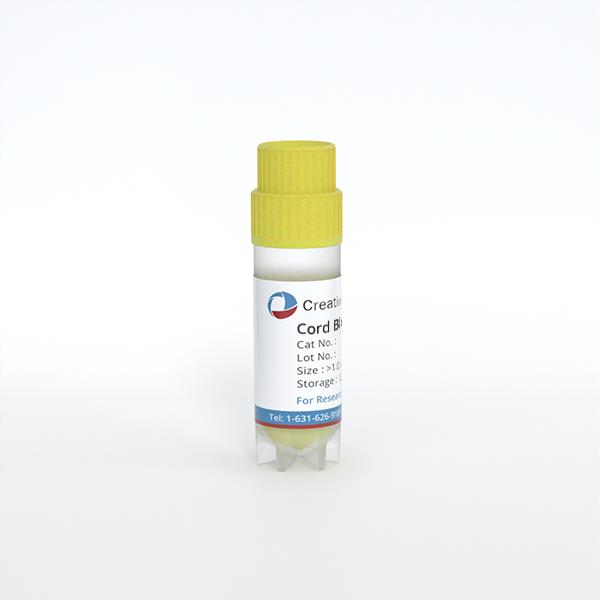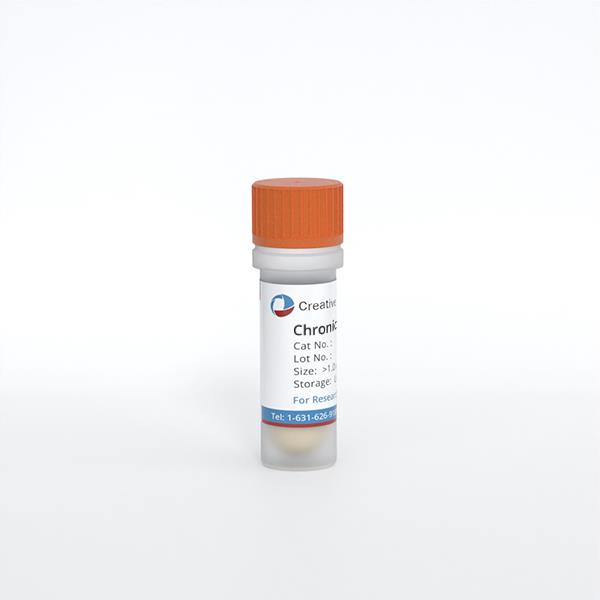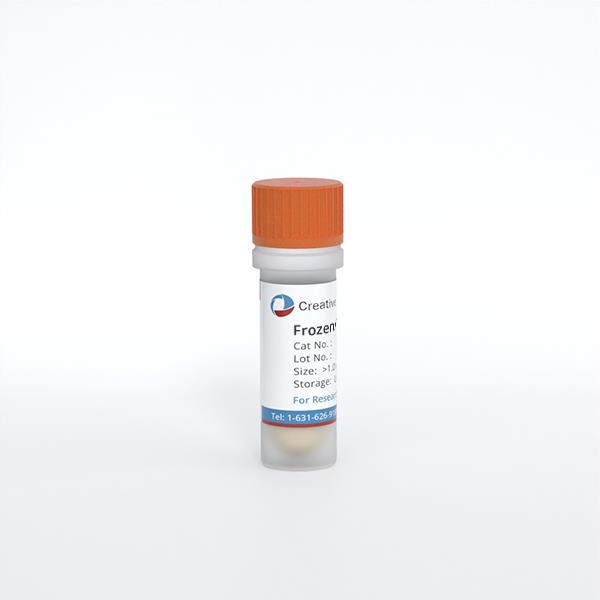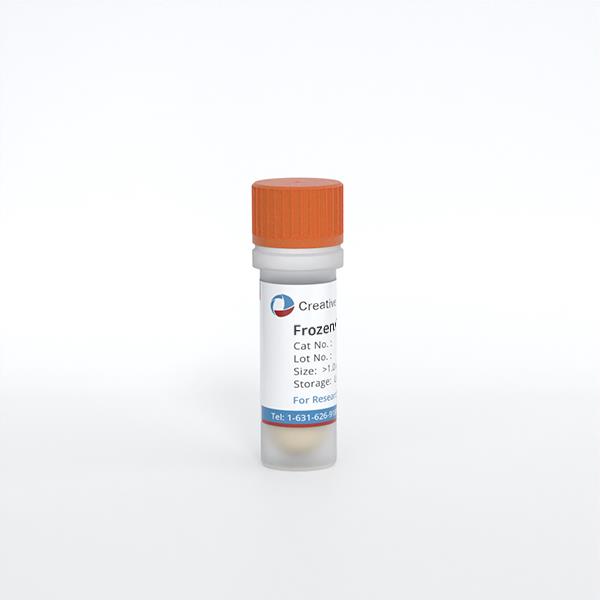
Human Lymphatic Fibroblasts (HLF)
Cat.No.: CSC-7762W
Species: Human
Source: Lymph Node
Cell Type: Fibroblast
- Specification
- Q & A
- Customer Review
Cat.No.
CSC-7762W
Description
Fibroblasts are mesenchymal cells derived from the embryonic mesoderm. They have been extensively used for a wide range of cellular and molecular studies. This is mainly because they are one of easiest types of cells to grow in culture, and their durability makes them amenable to a wide variety of manipulations ranging from studies employing gene transfection to microinjection. There is good evidence that fibroblasts in different parts of the body are intrinsically different. Fibroblasts within tissues are exposed to a dynamic mechnical environment, which influences the structure integrity of both healthy and healing soft tissue. Fibroblasts secrete a nonrigid extracellular matrix that is rich in type I and/or type III collagen. Besides, dermal fibroblasts also secrete large quantities of hyaluronan in response to inflammatory stimuli. During wound healing, dermal fibroblasts switch from a migratory, repopulating phenotype to a contractile, matrix-reassembling phenotype.HLF from Bioarray Research Laboratories are isolated from human lymph nodes. HLF are cryopreserved at primary culture and delivered frozen. Each vial contains >5 x 10^5 cells in 1 ml volume. HLF are characterized by their spindle morphology and immunofluorescent method with antibody to fibronectin. HLF are negative for HIV-1, HBV, HCV, mycoplasma, bacteria, yeast and fungi. HLF are guaranteed to further expand for 15 population doublings at the condition provided by Bioarray Research Laboratories.
Species
Human
Source
Lymph Node
Cell Type
Fibroblast
Disease
Normal
Storage and Shipping
Directly and immediately transfer cells from dry ice to liquid nitrogen upon receiving and keep the cells in liquid nitrogen until cell culture needed for experiments.
Citation Guidance
If you use this products in your scientific publication, it should be cited in the publication as: Creative Bioarray cat no.
If your paper has been published, please click here
to submit the PubMed ID of your paper to get a coupon.
Ask a Question
Write your own review
Related Products
